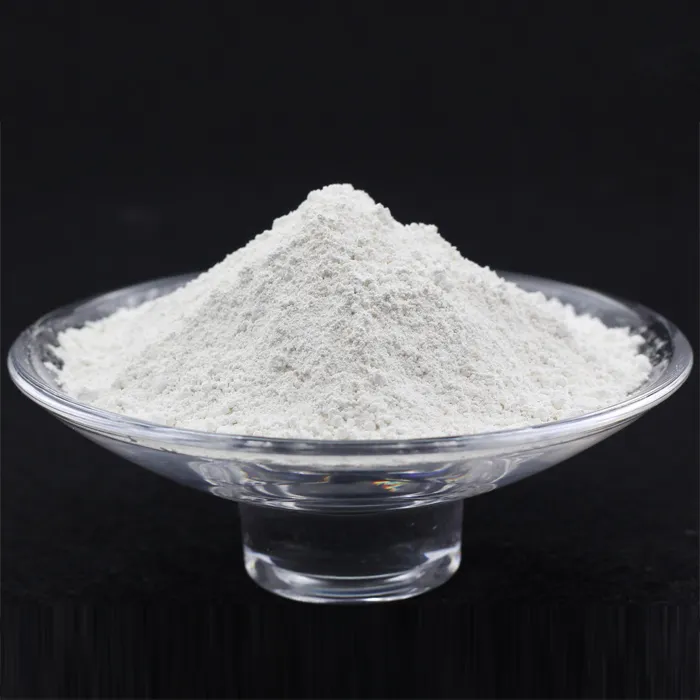The Interaction of Ammonium Thiocyanate and Silver Nitrate An Exploratory Analysis
The interaction between ammonium thiocyanate (NH4SCN) and silver nitrate (AgNO3) is a fascinating topic in the realm of chemistry, particularly notable in the study of ionic reactions. This essay explores the chemical properties, reactions, and applications of these two compounds, providing insight into their significance in both theoretical and practical contexts.
Understanding the Compounds
Ammonium thiocyanate (NH4SCN) is a salt that results from the combination of ammonium ions (NH4+) and thiocyanate ions (SCN-). It is known for its solubility in water and its ability to form complexes with various metal ions. The thiocyanate ion has a notable ability to bind with metals, making it vital in various chemical processes.
Silver nitrate (AgNO3), on the other hand, is a well-known inorganic compound frequently used in laboratories. It consists of silver ions (Ag+) and nitrate ions (NO3-). Silver nitrate is notable for its role in various applications, including photography, as a disinfectant, and in chemical synthesis.
The Reaction between NH4SCN and AgNO3
When ammonium thiocyanate is mixed with silver nitrate in an aqueous solution, a precipitation reaction occurs. The silver ions from silver nitrate react with the thiocyanate ions from ammonium thiocyanate to form silver thiocyanate (AgSCN), a white precipitate. The reaction can be represented by the following balanced chemical equation
\[ \text{NH}_4\text{SCN} (aq) + \text{AgNO}_3 (aq) \rightarrow \text{AgSCN} (s) + \text{NH}_4\text{NO}_3 (aq) \]
This reaction is not only interesting from a theoretical standpoint but also serves practical purposes in various analytical chemistry applications, particularly in qualitative analysis, where it can be used to confirm the presence of silver ions.
nh4scn agno3

Observations and Implications
One of the striking aspects of the reaction is the formation of the white precipitate of silver thiocyanate. This precipitate is fairly insoluble in water, which allows for its separation from the solution. The observable change in the solution—from a clear liquid to one containing a solid precipitate—underscores the importance of visual cues in chemical reactions. Such indicators are crucial in laboratory settings, aiding chemists in determining the progression of reactions or the completion of a process.
Furthermore, the ammonium nitrate (NH4NO3) produced in the reaction is a soluble byproduct that can also have applications in agriculture as a fertilizer, illustrating the interconnectedness of chemical reactions and their wider implications.
Applications and Significance
The NH4SCN and AgNO3 reaction serves as a classic demonstration in educational settings, teaching students about ionic reactions, precipitate formation, and stoichiometry. Beyond academia, it has practical applications in the synthesis of other compounds and the preparation of analytical reagents.
Moreover, the chemistry of thiocyanates represents a broader field of study. Thiocyanates have found applications in various industries, including agriculture (as herbicides) and pharmaceuticals (in the development of certain drugs). Their ability to form stable complexes with transition metals also allows chemists to explore catalytic processes and material synthesis.
Conclusion
In summary, the reaction between ammonium thiocyanate and silver nitrate is a prime example of the interplay between theoretical chemistry and practical applications. The formation of a silver thiocyanate precipitate offers valuable insights into reaction dynamics, while the compounds involved have far-reaching implications in various fields. Understanding such interactions enhances both our conceptual knowledge of chemistry and its practical applications in real-world scenarios. As we continue to explore these chemical phenomena, the potential for innovation and discovery remains vast, highlighting the enduring significance of fundamental chemical reactions.

